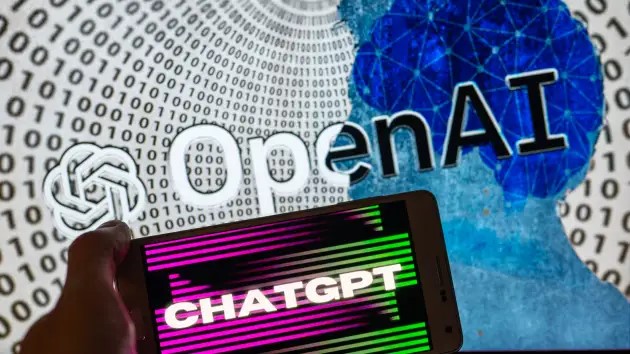
By Greg Gao
(JW Insights) Mar 2 -- Chinese chip designers are exploring how to turn the viral AI-powered chatbot ChatGPT into a tool for accelerating the semiconductor design process, helping to improve productivity. However, it still has a long way to go in the actual development process, JW Insights said in a recent report.

ChatGPT is estimated to have reached 100 million monthly active users in January 2023, just two months after launch, making it the fastest-growing consumer application in history. Industry experts say many kinds of workplace tasks are vulnerable to being taken over by ChatGPT and other AI tools in the near future.
An entrepreneur of a Chinese chip design house said that the salary cost of semiconductor engineers skyrockets in recent years, so he has been studying how to improve the efficiency of chip research and development, since he is changing from a chip engineer to a business manager.
The chip development process has a lot of repetitive modular code-writing processes, which may require middle-level or entry-level engineers. ChatGPT can now undertake this part of the work. Although it is not as good as engineers, it can be modified, which means that the chip design houses don’t need to recruit a new employee in the future, he added.
For example, in the design process, chip engineers need to check a specific indicator of a device and find a piece of code. They usually have to browse the webpage and download it. This process may take 10 minutes. But as long as there is relevant data on the network, ChatGPT may be able to complete the same work within 30 seconds, which dramatically improves the efficiency, the semiconductor expert pointed out.
From the perspective of company management, ChatGPT will be a great tool to reduce labor costs. However, from the perspective of chip design engineers, it is still too early to use ChatGPT in the actual development process.
A front-end development engineer told JW Insights that he and the engineer peers are very interested in ChatGPT, and are also making various attempts to use ChatGPT to help design chips. Still, now the AI tool can only provide some basic design ideas, which are far from being useful and practical.
The ChatGPT model is still an experimental project at this stage and needs to be improved. As it matures, some repetitive and very specific positions in the chip development process will be replaced easily, such as the IP unit design of small modules. Currently, this part of the work is mainly done by entry-level engineers who have just entered the industry. The rise of ChatGPT may leave their positions vulnerable, he added.
Before ChatGPT received widespread attention for its impressive capabilities in natural language processors, AI was already playing an increasingly important role in chip design. Various AI tools have long been used in multiple stages of IC design, including design optimization, layout, simulation, and verification. AI algorithms can also help explore design spaces more efficiently, discovering optimal design configurations faster than traditional methods, an analyst from JW Insights noted.
EDA giants such as Synopsys, Cadence, and Siemens also use AI technology in their latest tools.
AI technologies, including the viral ChatGPT, are already competent in large part of the work of IC designers in the fields of layout design and optimization. To some extent, some jobs in IC design will inevitably be replaced by AI, the JW Insights analyst concluded.
RELATED
-
US giant Alphabet CEO Pichai: China will be at forefront of AI
11-20 17:38 -
The IC design subsidiary of China’s listed IC distributor P&S completes testing of its first MCU product for automotive standard
11-20 16:26 -
Chinese electronic component company CETC mass produceds its Beidou satellite communication module for China’s major EV maker
11-20 15:55
READ MOST

No Data Yet~







